The Trump administration's America Inc. 2.0 model — which views government as a corporation that needs to be restructured to be efficient, flexible, and cost-effective — includes 10 strategic highlights.
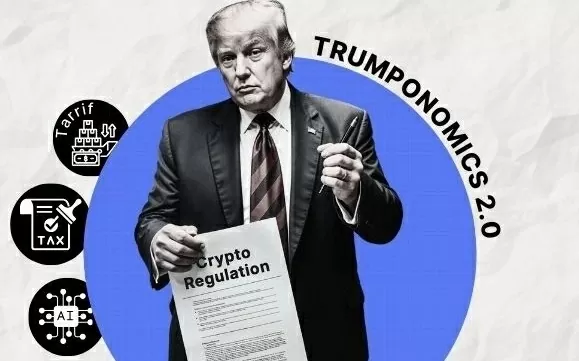 |
| The Trump 2.0 administration applies corporate governance thinking to run the country, also known as “America Inc”. (Source: Getty) |
From Reaganomics…
In the early 1980s, then US President Ronald Reagan initiated Reaganomics - an economic revolution that marked the shift from a “big government” model to a market-oriented economy.
Reaganomics was based on four main pillars: Sharply reducing personal and corporate taxes to stimulate investment; cutting public spending on welfare programs; loosening administrative regulations to reduce government intervention; and controlling the money supply to curb inflation.
The core thinking of Reaganomics is “trickle-down economics” – the theory that when the government creates conditions for the wealthy and businesses to thrive, economic benefits will spread throughout society through jobs and growth.
The result was a decade of strong growth for the United States: Inflation fell from 13% in 1980 to 4% in 1988, more than 16 million jobs were created, and private-sector productivity rose dramatically. Companies such as IBM and General Motors took advantage of low-tax policies to expand production, helping to shape the modern economy.
Reaganomics, however, also left a complex legacy. The budget deficit soared from $74 billion in 1980 to $221 billion in 1986, public debt began to climb, and the gap between rich and poor widened.
Still, Reaganomics laid the foundation for private-sector-based economic thinking—a philosophy that President Donald Trump would later expand under the name Trumponomics in his second term (Trump 2.0) starting in 2025.
…to the America Inc. model.
The Trump 2.0 administration has adopted a corporate governance mindset to run the country, aka “America Inc.” In the cabinet’s view, if the federal government were a public company, it would have gone bankrupt long ago due to chronic losses and poor management.
Billionaire Elon Musk, a senior advisor to President Trump, once commented: “If the government were a company, it would be delisted immediately for failing audits and its officials would be prosecuted.”
 |
| The Department of Government Efficiency (DOGE), overseen by billionaires Elon Musk and Vivek Ramaswamy, was created to periodically audit all ministries to ensure there is no waste or overlap in functions. (Source: X) |
Trumponomics’ America Inc. model views government as a corporation with 4 million employees and $5 trillion in annual revenue. Instead of spending recklessly, every operation must optimize assets, efficiency, and deliver a clear ROI. Public agencies are required to report profits and losses, measuring the effectiveness of outputs rather than relying solely on input budgets.
The Department of Government Efficiency (DOGE), overseen by billionaires Elon Musk and Vivek Ramaswamy, was created to periodically audit all ministries, ensuring there is no waste or overlap in functions.
The Trump 2.0 administration also brought to its cabinet successful billionaire businessmen: Howard Lutnick (Commerce Secretary), Scott Bessent (Treasury Secretary), and Linda McMahon (Education Secretary). They are all figures who bring practical business thinking to public policy, aiming to turn the government into a “productivity machine.”
“We can no longer have a losing government,” President Trump once declared. “Let business lead, and let government monitor.” This is a major departure from previous administrations, which relied on government spending to stimulate the economy.
Ten Highlights
The Trump administration's America Inc. 2.0 model — which views government as a corporation that needs to be restructured to be efficient, flexible, and cost-effective — includes 10 strategic highlights:
First , bring business people into the cabinet: President Trump has appointed leading figures in the private sector such as Howard Lutnick (Cantor Fitzgerald), Scott Bessent (Key Square investment fund), Elon Musk (Tesla, SpaceX) and Linda McMahon (WWE, SBA) to bring market thinking to the center of state governance.
Second, apply business philosophy: Every public agency must operate like a business - with clear financial goals, regular performance evaluation, avoiding uncontrolled spending and lack of budget responsibility.
Third , the creation of the Department of Government Efficiency (DOGE): This is a new agency tasked with auditing the performance of federal ministries every two years, with the power to recommend streamlining, merging or eliminating inefficient units.
Fourth , consider the government as America Inc. Mr. Trump sees the White House as the executive board of a corporation with 4 million employees and 5,000 billion USD/year in revenue, which must optimize all assets, personnel and cash flow.
Fifth, flexible dismissal: The government issued a mechanism allowing the removal of 500,000 unqualified civil servants, similar to the restructuring model in enterprises to cut costs and improve efficiency.
Sixth , streamlining the administrative apparatus: Consolidating or transferring many federal agencies, for example, the EPA was brought into the Department of the Interior, some functions of the Department of Education were transferred to the states or privatized.
Seventh , apply technology to replace procedures: Use AI and blockchain in tax, licensing and civil data. Typically, the IRS deploys an AI-powered tax refund system in just 24 hours instead of 2-3 weeks.
Eighth , privatization of public services: Areas such as medicare, public education, public transportation (Amtrak), and prisons are being transferred to private enterprises operating under government contracts.
Ninth , budget spending according to investment principles: Shift from rigid allocation to the PPP (Public-Private Partnership) and ESOP (Employee Stock Ownership Plan) models, only providing budget for items that bring clear benefits, measured by output efficiency.
Tenth , adjusting the GDP calculation method: Proposing to eliminate public expenditures that do not create economic value in the GDP calculation, thereby accurately reflecting the private sector's contribution to real growth.
These highlights clearly demonstrate the Trump administration's efforts to transform the national governance model - from a government with scattered spending to a system that operates like big business, giving a central role to the private sector and maximizing the efficiency of using public resources.
Source: https://baoquocte.vn/thuc-day-kinh-te-tu-nhan-va-bai-hoc-tu-my-ky-1-309383.html



![[Photo] "Beauties" participate in the parade rehearsal at Bien Hoa airport](https://vstatic.vietnam.vn/vietnam/resource/IMAGE/2025/4/11/155502af3384431e918de0e2e585d13a)

![[Photo] Looking back at the impressive moments of the Vietnamese rescue team in Myanmar](https://vstatic.vietnam.vn/vietnam/resource/IMAGE/2025/4/11/5623ca902a934e19b604c718265249d0)



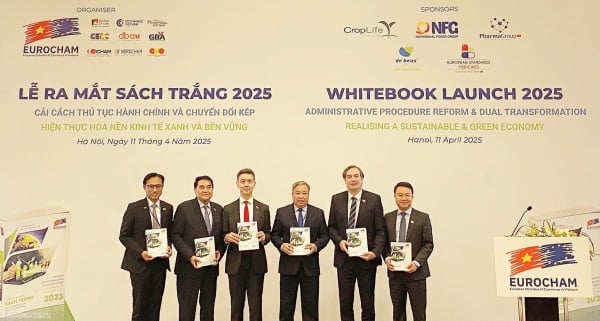
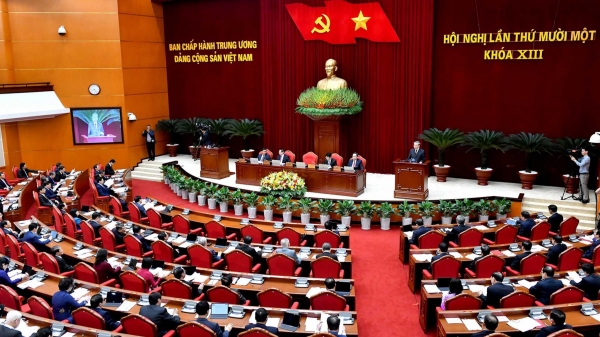
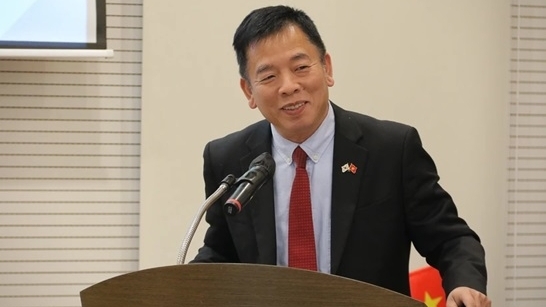





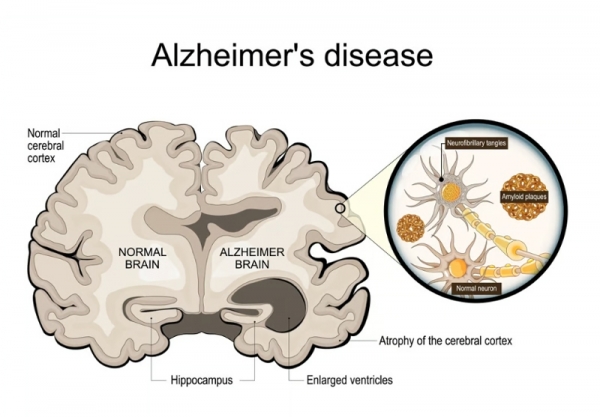



![[Photo] Summary of parade practice in preparation for the April 30th celebration](https://vstatic.vietnam.vn/vietnam/resource/IMAGE/2025/4/11/78cfee0f2cc045b387ff1a4362b5950f)




























































Comment (0)